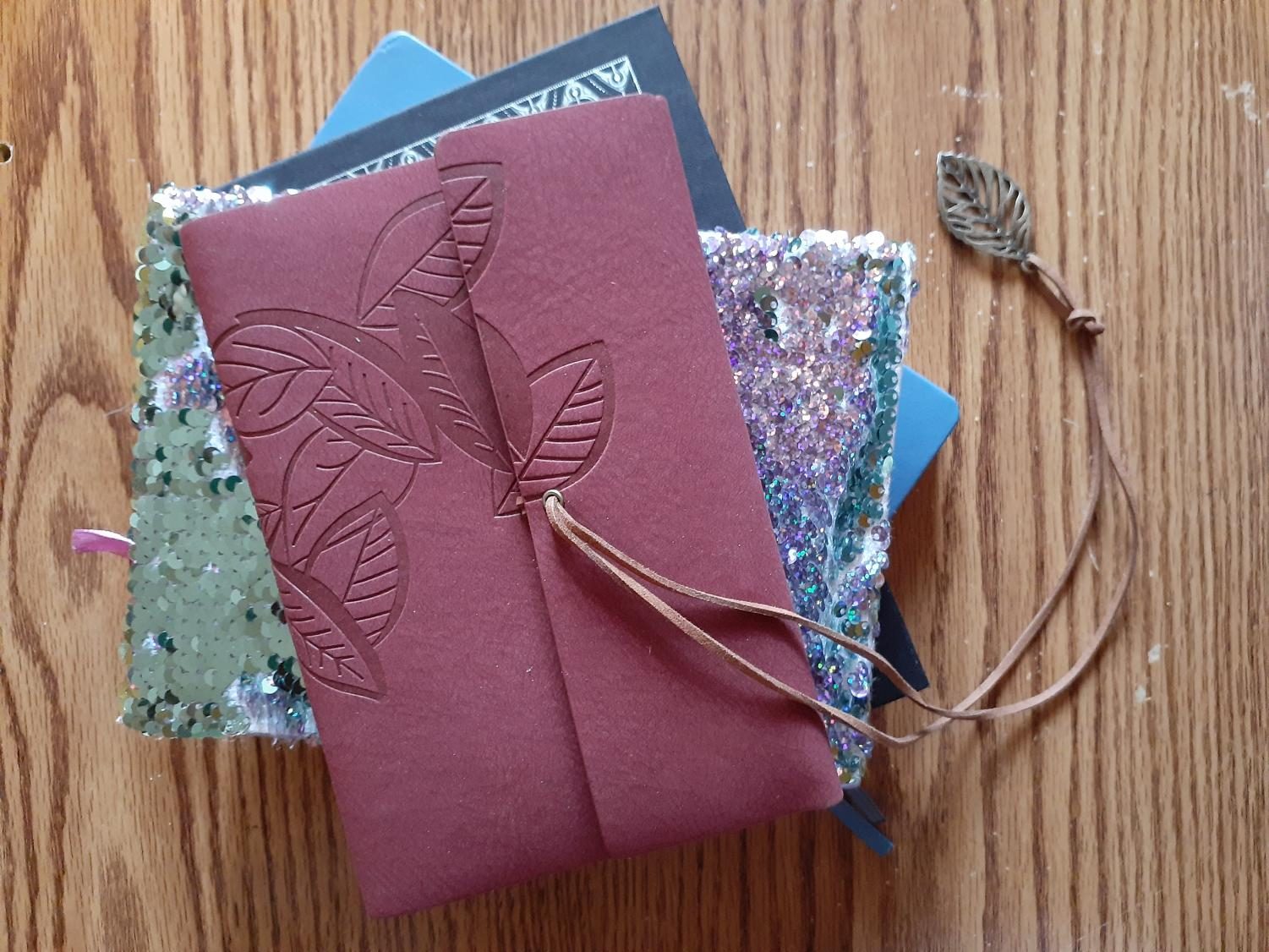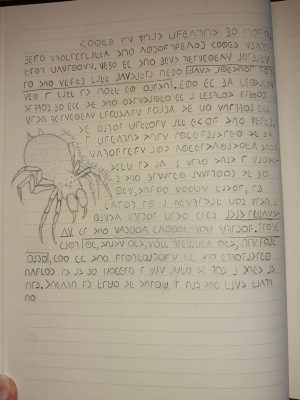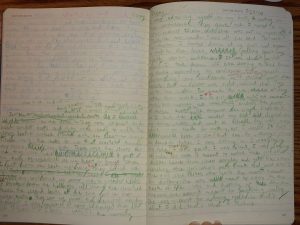The joy of journaling

Journaling has become something of a phenomena of the modern era. There are a plethora of Instagram posts and YouTube videos in which the journaling talents of an individual are put on display. Their work is highly stylized and organized, seeming (as so many things on the internet do) to have achieved an unattainable level of perfection. Although such resources are designed to aid the novice journaler, they can be quite daunting. More often than not, they serve as a roadblock in the creative journey causing the journaler to lose confidence, passion, and ultimately their desire to journal at all. Why do these resources have such a negative effect? It is because they neglect to show the many pitfalls which can befall a jouraler that are essential to the learning process nor do they acknowledge that journaling can take on a multitude of forms, all of which are valid. To remedy this problem, here is presented a comprehensive guide for new journalers to hone their craft and reap the many benefits the practice has to offer.

One of the most important if overlooked steps in the journaling process is the selection of the journal itself. It could be something as simple as a college-ruled spiral notebook or as luxurious as an engraved Moleskine. Whatever the appearance, it should have a quality that speaks deeply to the soul for both it and the journaler will become forever intertwined through the many hours they will spend together.
With the perfect notebook secured, the journaler can now begin to consider what to fill it with. This step often goes hand-in-hand with the selection of the notebook. For example, if the journaler desires to write about the interesting flowers they have witnessed on their afternoon hikes, they may gravitate towards a notebook with flowers on the cover. Reversely, seeing the same flowered notebook could be the inspiration for the subject matter the journaler will explore. Though picking a theme for the journal can provide structure to the process, it is not at all necessary. Even in a journal with a theme, the focus and tone of each entry naturally shifts with the interests of the journaler. Regardless of the changes it undergoes over time, it only matters that the theme resonates with the journaler. As long as this is true, the most exciting part of the process can begin.

The actual creation of journal entries is thrilling. It allows the journaler to experiment, take creative risks, and produce something they are proud of. Journaling can also be a cathartic experience, serving as a means to process difficult emotions. Perhaps the act of journaling provides such great benefits because there it is a judgement-free activity. A journal entry can consist of anything: the possibilities are limited only by the desires of the journaler. To illustrate this point, here are provided two examples of journal entries. As is visible, the first entry pays no mind to neatness or order. Instead, the words are written wildly on the page, a reflection of the frantic mental state of the journaler. Unlike the first example, the second is much more structured and incorporates artwork along with writing. It is also of note that this entry is written almost entirely in code (a useful way to prevent prying eyes from uncovering one’s secrets). Each example varies greatly from the other, and yet they are both considered journal entries: this is the beauty of the craft.

While the act of journaling is rewarding, the benefits of the practice are lost when done irregularly. Therefore, it is essential to set a regular time to journal. Whether it’s every day or just once a month, having a routine time for journaling ensures that a journaler’s skills will continue to grow and evolve as they do.

Senior Katie Knight is a third year member of the Northern Light Staff. “I decided to take journalism as a sophomore because I enjoy writing, but I ended...



